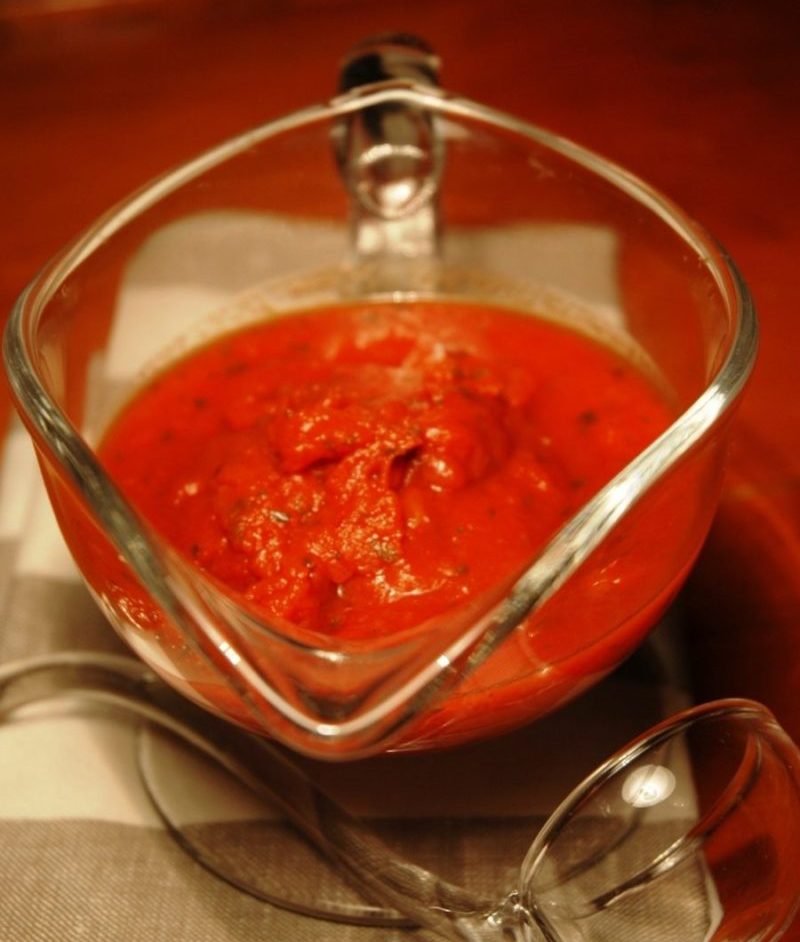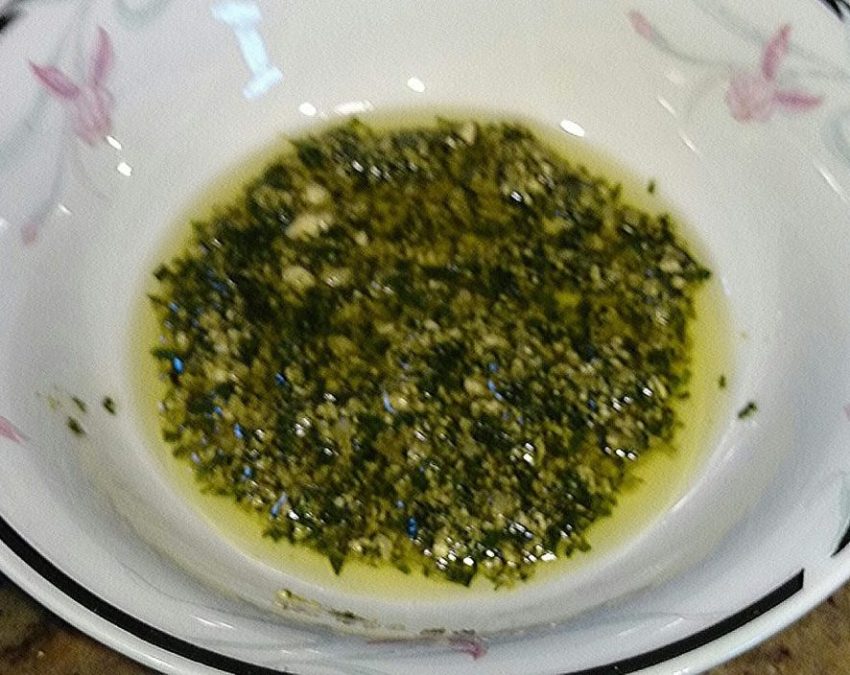Tomato sauce (pasta sauce, or some people call it gravy) is considered to be one of the five “mother sauces” that all cooks should know how to make, along with béchamel, velouté, hollandaise, and espagnole. If you can make these sauces, you can make any variations of them for every type of cuisine.
I like to use fresh herbs when they’re available but you can use dried herbs also. Just remember that dried herbs have a more concentrated and powerful flavor and so the quantities need to be adjusted (use more fresh herbs, less dried herbs). I add them in the beginning so that the sauce absorbs their flavors as it simmers.
I make either marinara, which is plain tomato sauce, ragù, which is a meat sauce (add meatballs, chicken pieces or sausages), or seafood (puttanesca, zuppa di pesce, etc.), depending on what we feel like eating.
Ingredients
2 cans tomato puree or crushed tomatoes (non-GMO if you can find it)
1 T olive oil
2 small garlic cloves, smashed and sliced
1/2 tsp fresh rosemary
2 bay leaves
1/2 tsp ground dried sage
1/4 tsp dried oregano
1/2 tsp dried basil or 3 fresh basil leaves
1 T fresh chopped parsley
1 tsp onion powder
1/2 tsp garlic powder
1 1/2 chicken bouillon cube
a splash of red wine
salt (if needed)
- add olive oil to the pot and sauté the garlic cloves.
- add the rosemary and continue to sauté (this will give it a stronger taste which I love!).
- add the cans of tomatoes and stir.
- add the herbs, and onion and garlic powders, stir.
- add the bouillon cube and stir to dissolve.
- add a splash of red wine, stir.
- simmer for about an hour. Add salt if it needs more. If it gets too thick, add a little bit of water or wine.
Join my mailing list so that you can have new recipes delivered right to your inbox!




